
Razer’s latest high-end gaming mouse is the Viper V3 Pro. We got a taste of what could be in store back with the V3 Hyperspeed last fall but it only left me waiting for this – the 54g symmetrical gaming mouse that’s aimed directly at taking down one of the FPS kings, the Logitech G Pro X Superlight 2. So how does it perform for the $160 price tag? Be sure to hit the video to find out.
Viper V3 Pro: Overview
Throughout the press briefing that Razer put on to give us an introduction to the Viper V3 Pro, it was clear what the goal was with this mouse. They had their target set on beating the Superlight 2 in every way possible.
With that in mind, the Viper V3 Pro is lighter, has a higher wireless polling rate, higher max DPI, faster max acceleration, and in my opinion, a more comfortable shape than the GPX2.
Throughout development, Razer had been working with pro gamers to hone the shape. They put it in the hands of pro players like Zekken, who helped win the Valorant Champions Tour 2024: Masters Madrid. Even with the V3 Hyperspeed, these mice have been seen being used in the wild which has stirred up a lot of interest. I bet this won’t be the last time we see pro mice leaked ahead of launch in the hands of some of the top-tier pro players.
Viper V3 Pro: Video
Quick specs
- 127.1mm L, 63.9mmm W, 39.9mm H
- 54g (55g in white)
- Up to 95hrs at 1K Hz, 17hrs at 8K Hz
- Focus Pro Optical Sensor Gen-2
- 35K DPI
- 750 IPS
- 70G
- 90 million click-rated optical mouse switches Gen 3
- Hyperpolling wireless dongle included
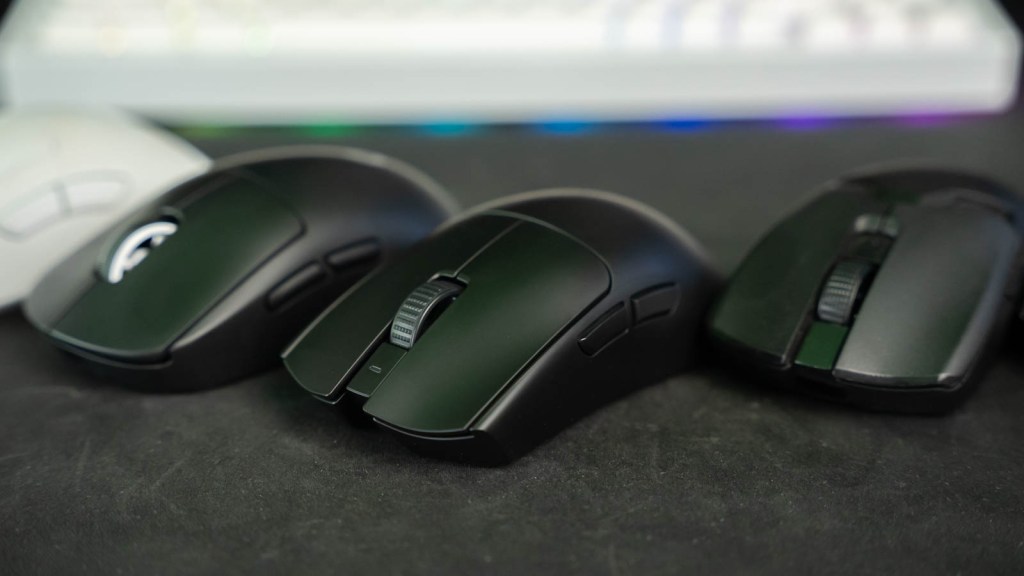
Viper V3 Pro: Design
From the V3 Hyperspeed we reviewed in September, there haven’t been many changes to the overall shape and design of the V3 Pro. They increased the size of the PTFE mouse feet considerably and combined the DPI/power button into a single button on the bottom of the mouse.
Otherwise, we’re looking at the same dimensions on the V3 Pro as the V3 Hyperspeed. It still as the ledges next to the mouse 1 and 2 buttons to prevent pinching, flatter sidewalls, and the rear-shifted hump.
As I noted in the V3 Hyperspeed review, I love this new shape. As a Deathadder V3 Pro main, I prefer having the peak of the shell moved to the back of the mouse for resting my palm on. Because of that shape, I had a much easier time transitioning to the V3 Pro over the Superlight 2 and much more comfortable for me than the Viper V2 Pro.
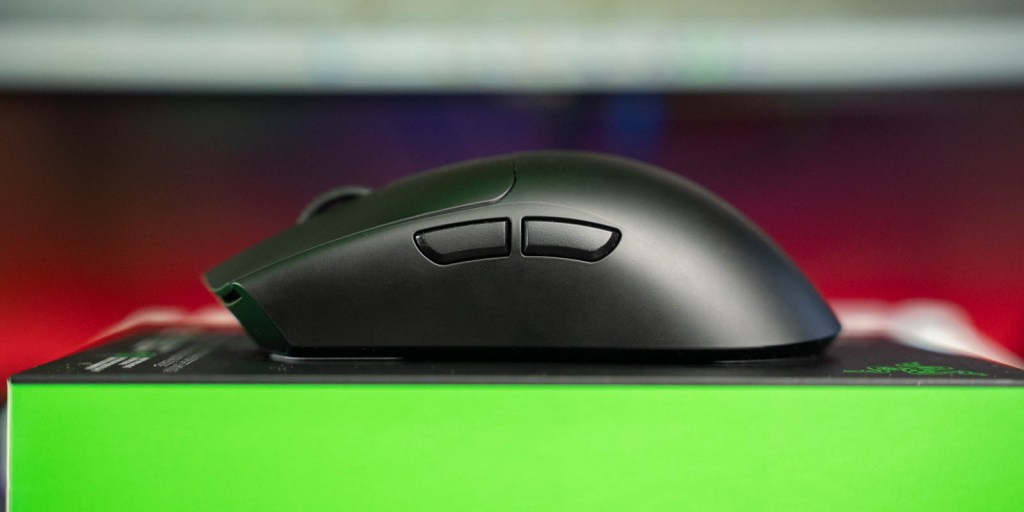
Shell material
On this black version, the smooth-touch texture feels very similar to the Superlight 2. I say that mainly as a comparison to the Deathadder V3 Pro in white that I have been using since that review. The white Deathadder has a bit more texture and resistance to it while this black Viper V3 Pro feels smoother. I never had any issues with slipping but I’m also not the sweatiest player our there.
Sensor (speed, sensitivity, DPI, etc)
The V3 Pro is lighter than the G Pro X Superlight 2 but Razer didn’t stop there. Razer also sought to top the Logitech mouse in every other spec possible.
With Razer’s latest sensor, the Focus Pro 35K Optical, the V3 Pro beats the Superlight 2 in sensitivity, max speed, and max acceleration.
Razer also has a few new tools inside of Synapse. First off is singular adjustments DPI. Currently, mine is set to 402.
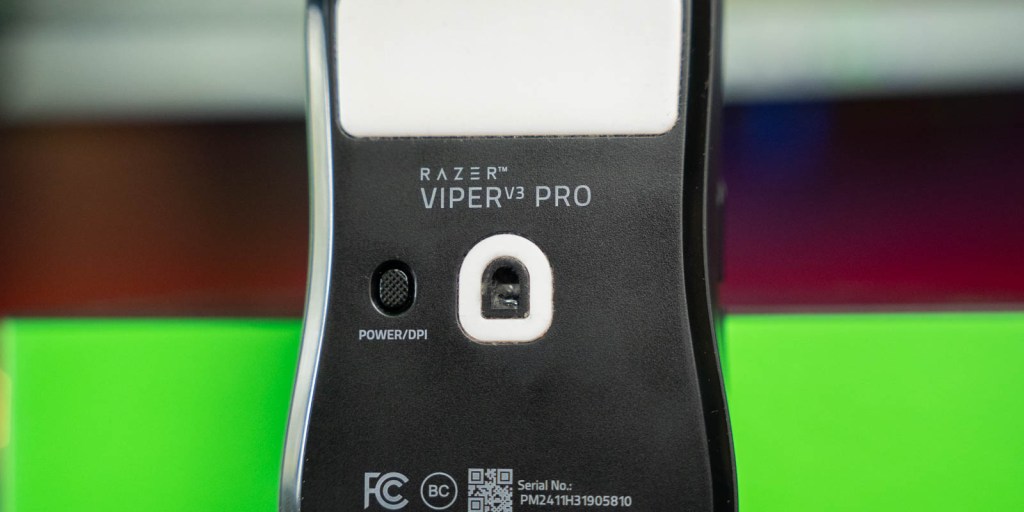
Additionally, Viper V3 Pro has a DPI Sensitivity Matcher. Kind of like what Logitech implemented with the Superlight 2, this allows you to dial in the DPI of the new Viper V3 Pro to an older mouse. I was able to match the sensitivity to my Deathadder V3 Pro as well as the G Pro X Superlight 2. Profiles are then saved for each calibration and they can be selected from a drop-down menu.
I don’t have any method of testing input latency, but in third-party tests, Razer’s Hyperspeed wireless typically gets near the top of the charts. And in my experience, it feels fast and snappy.
Hyperpolling Dongle
Razer has also upped the game by including the Hyperpolling dongle. Typically, even on the DeathAdder V3 Pro, that was an optional add-on that cost another $30. With the Viper V3 Pro, though, it’s included at the $160 price point. Once again, I imagine this goes back to Razer just wanting to beat Logitech in every way possible with the V3 Pro.
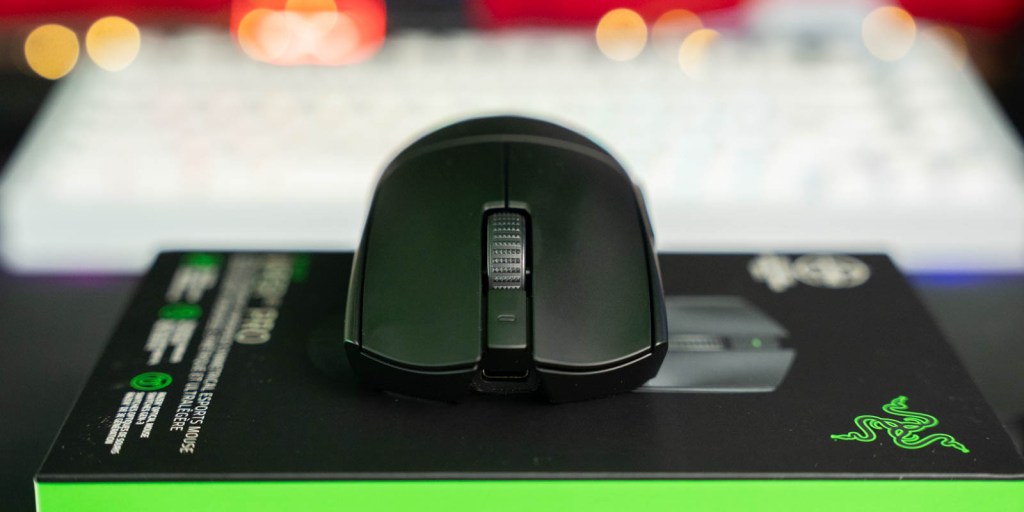
Optical Switches
Viper V3 Pro uses the Gen 3 optical switches – the same ones that are in the DeathAdder V3 Pro. They feel and sound very similar to the Deathadder. There is minimal pre-travel and the click is solid. I find the resistance to be similar to the Logitech G Pro X Superlight 2.
There is also very minimal wiggle on the mouse buttons when pressed. Thanks to that finger ledge design, the mouse clicks feel great on the Viper V3 Pro.
In-Use
While I am not a pro-FPS player, I enjoy using the Viper V3 Pro. I usually play at 400 DPI and having a lightweight mouse makes big movements even easier. The fact that the V3 Pro is 6g lighter than the Superlight 2 is noticeable.
On the bottom of the mouse, the design of the PTFE mouse feet also feels better on the V3 Pro than the Superlight 2. The mouse feet go further to the edge which minimizes any sort of scratching feel when the mouse is tilted for lifting off or landing. Not that I personally had much of an issue with that on the Suerplight 2 but it is a noticeable improvement on the V3 Pro.
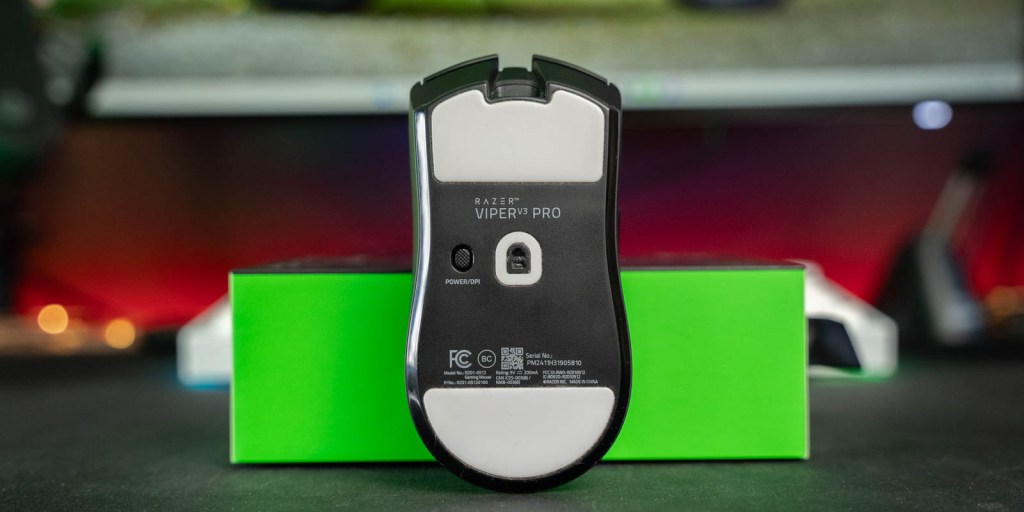
9to5Toy’s Take
While I’m not a pro player and will never fully realize the potential of the Viper V3 Pro, I think Razer knocked it out of the park with this release. It’s clear what their target was, and they went to great lengths to make a strong competitor. On paper and in my hand, it’s a clear winner but will the Pro player base come to the same conclusion? Based on the performance from top-tier players like Zekken, I think there is a good chance they’ll embrace it.
Buy Razer Viper V3 Pro
FTC: We use income earning auto affiliate links. More.


Comments